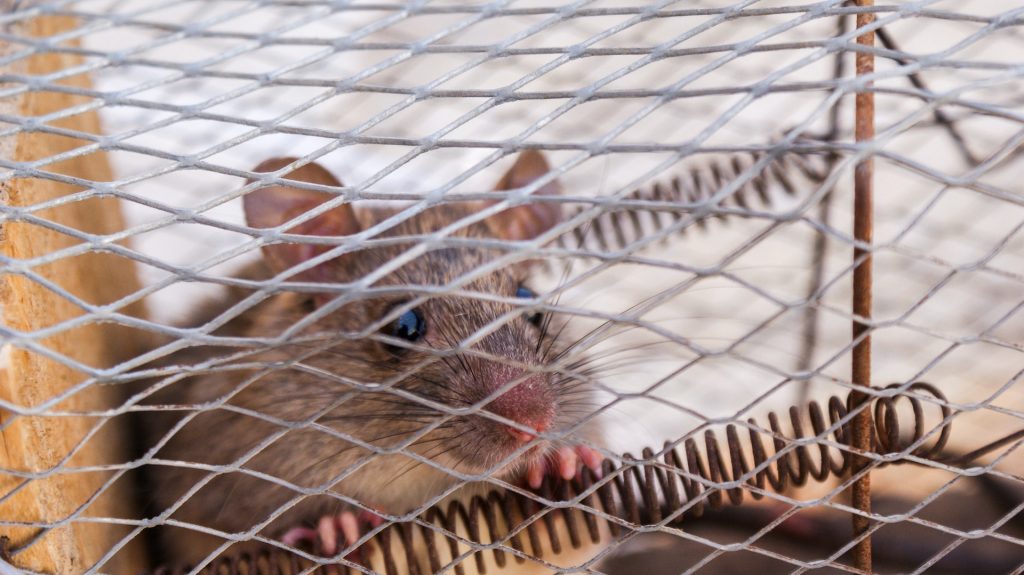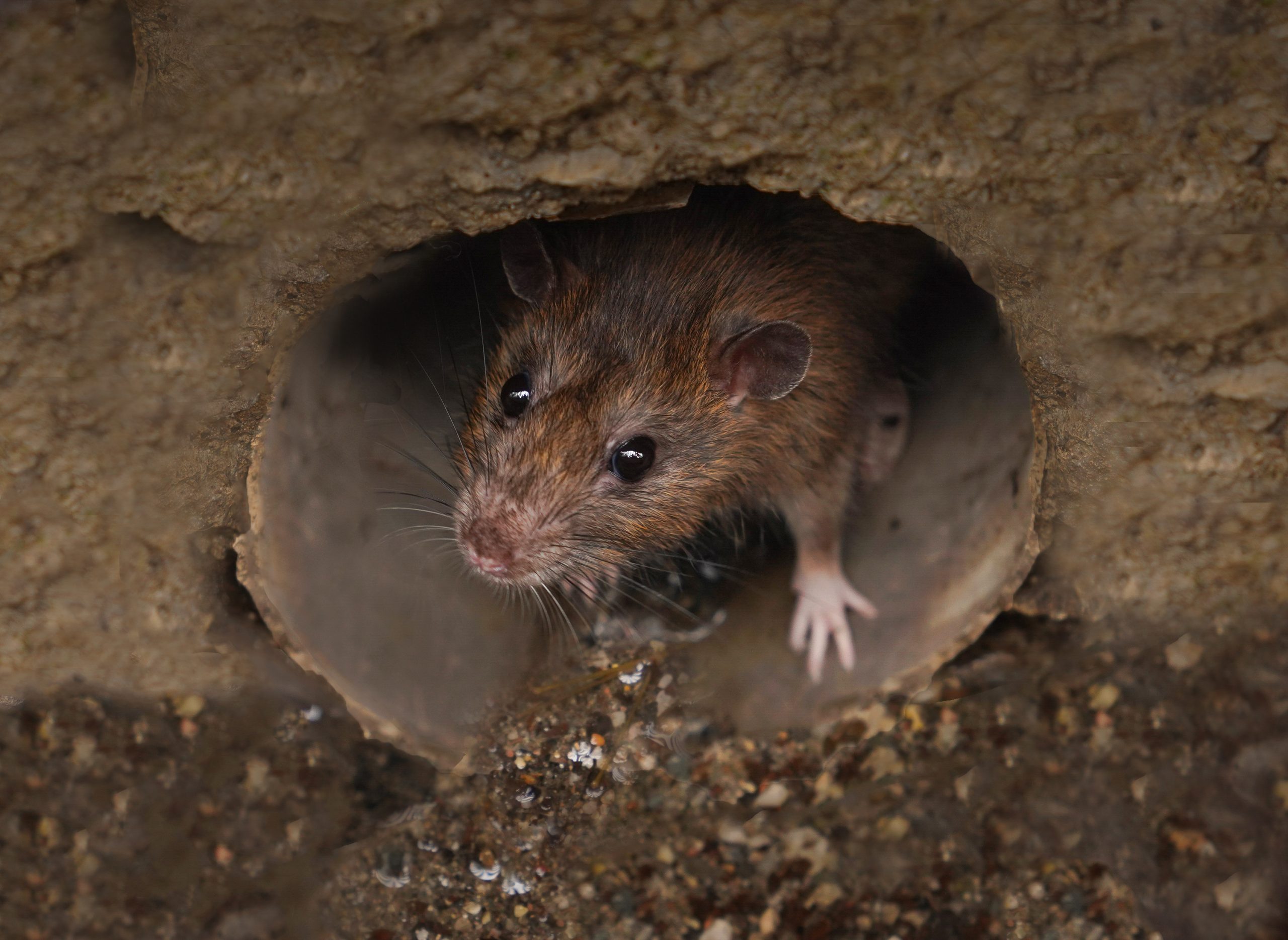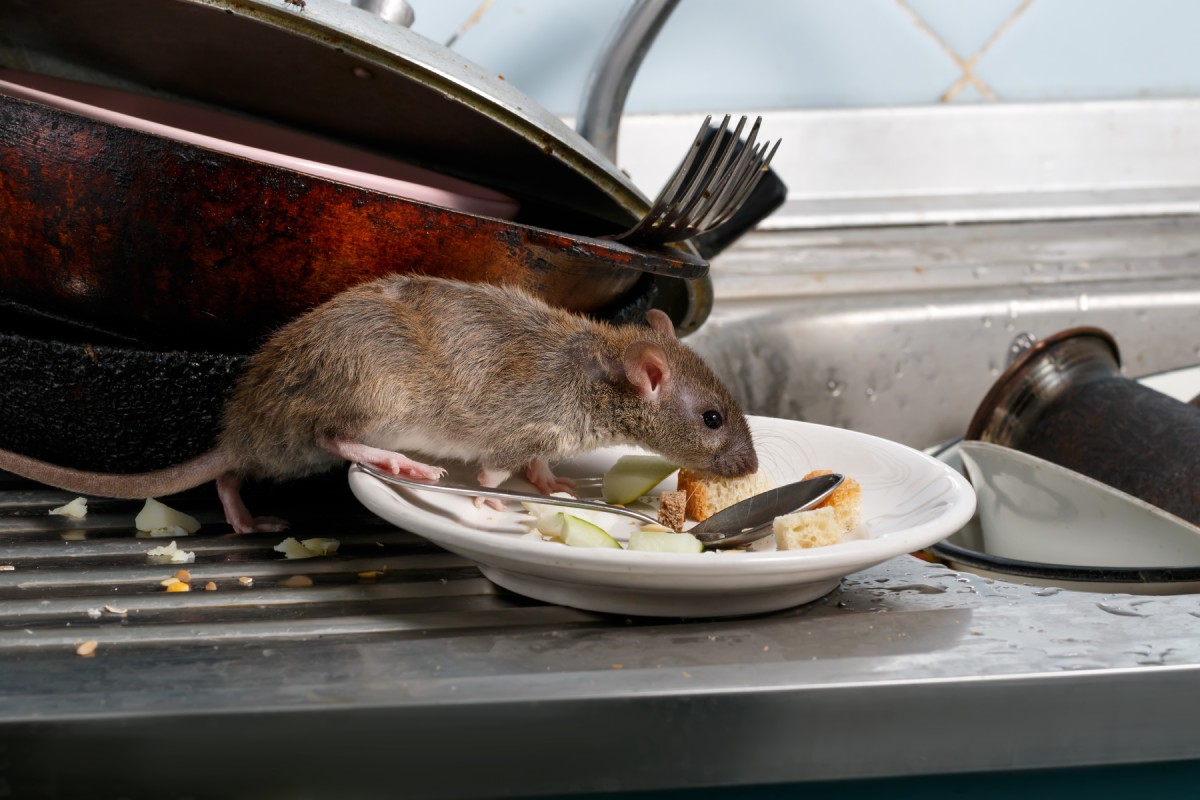Brown Rat (Norway Rat)
The Brown Rat, also called the Norway Rat or common rat, is among the largest rat species. It is easily recognizable with a sturdy build and a body length ranging from 8 to 10 inches (excluding the tail). Its fur is coarse and brownish-grey, though it's typically browner on the back and greyer underneath. Primarily nocturnal, the Brown Rat is a gifted swimmer, often residing near water bodies. They prefer to burrow for shelter, frequently under buildings or in sewers. Their diet is largely omnivorous, consuming anything from grains and meats to garbage. As one of the most widespread and adaptive rats, they are often considered pests due to their propensity to spread diseases and cause structural damage.
Black Rat (Roof Rat)
The Black Rat, often termed the Roof Rat or ship rat, is slightly smaller than its brown counterpart, measuring about 6.5 to 8 inches in body length. Boasting a sleeker build and a longer tail relative to its body, its fur color varies from black to light brown. Originally native to tropical Asia, the Black Rat has since spread globally, often attributed to shipping routes. Unlike the ground-loving Brown Rat, the Black Rat is an adept climber, typically nesting above ground in places like attics, trees, or shrubs. Their diet comprises fruits, vegetables, grains, and invertebrates. Known to carry numerous pathogens, Black Rats are often linked to historical pandemics, including the bubonic plague.
Woodrats (Pack Rats)
Woodrats, commonly known as Pack Rats, are native to North America. They earn their colloquial name from their peculiar behavior of collecting various items, from small shiny objects to other miscellaneous items, which they incorporate into their nests. Ranging in size but generally between 6 to 8 inches in body length, they have a more furry tail compared to the naked tails of their Black and Brown counterparts. Woodrats prefer wooded or shrubby habitats and often build complex nests from sticks and plant material. Their diet is diverse, consuming various plant matter, including seeds, fruits, nuts, and green vegetation. Though generally less of a household pest, they can still pose problems when residing in attics or outbuildings.
Marsh Rice Rats
The Marsh Rice Rat is native to the southeastern United States and is often found in marshy habitats, as the name suggests. This species is typically smaller, measuring around 5 to 7 inches in body length. They have sleek, soft fur, typically grayish-brown on the upper side and gray or white underneath. Being semiaquatic, they are efficient swimmers and often hunt small aquatic animals like snails, insects, and even small fish. They also consume a variety of plant matter. These rats build nests above the ground, often in tall grass or shrubs. While they don't generally invade homes, their proximity to water sources can sometimes lead to conflict with humans, especially when they damage crops.


